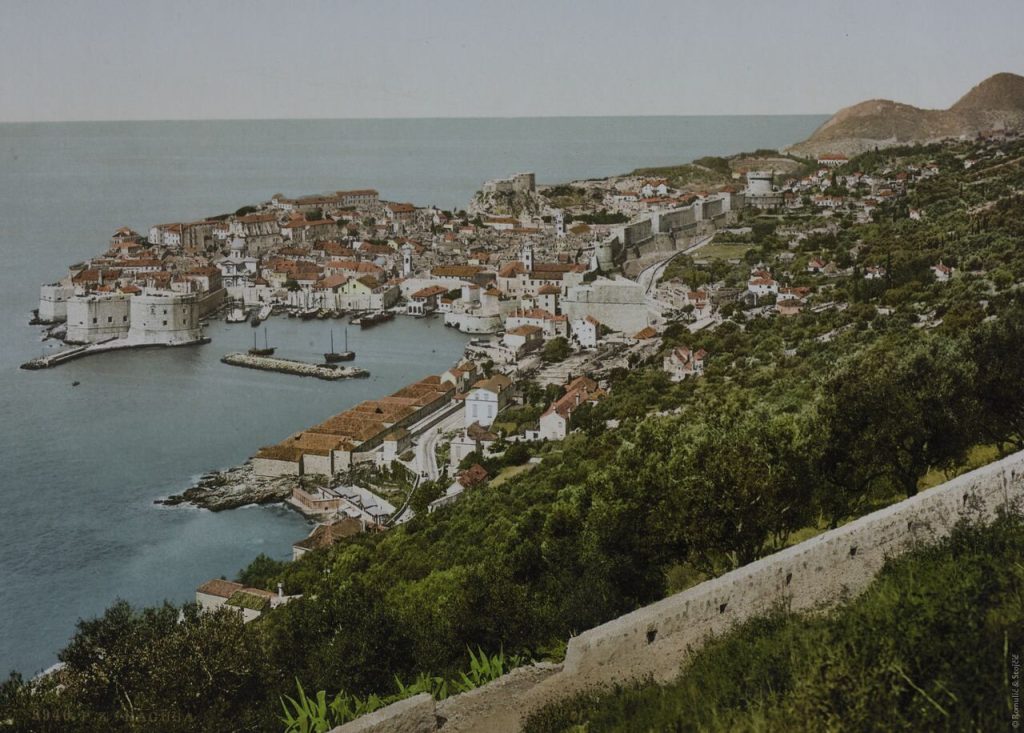Check out how the Pearl of the Adriatic looked in times gone by.
It’s funny as time slowly passes, seemingly nothing changes but suddenly everything is different. Today, we present you a slice of Dubrovnik’s past shown in old photographs taken sometime during the last century (or earlier).The historic centre of Dubrovnik is well preserved – documented by many of the photographs below which feature buildings that haven’t changed much, but with details showing how the way of life has slightly altered.
View of the Old Town
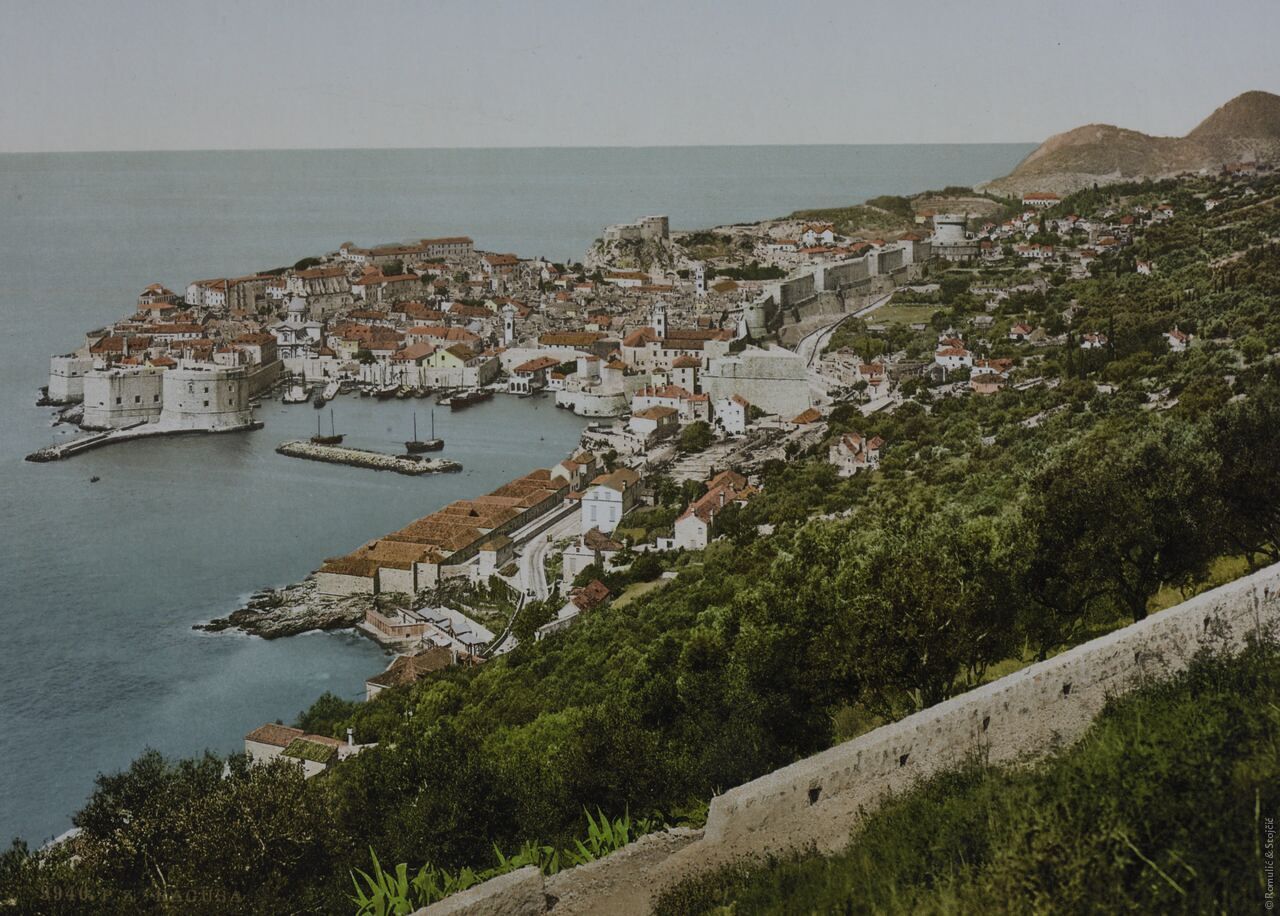
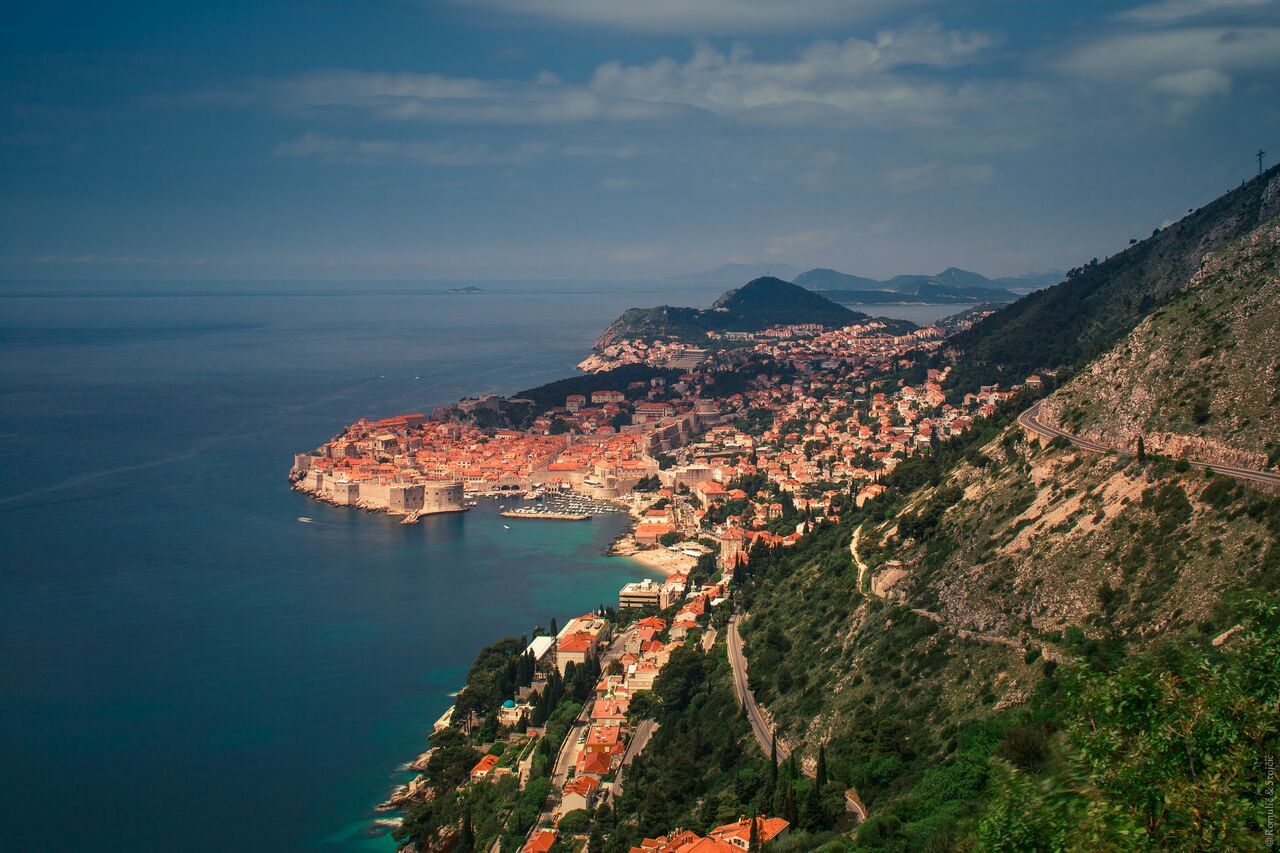
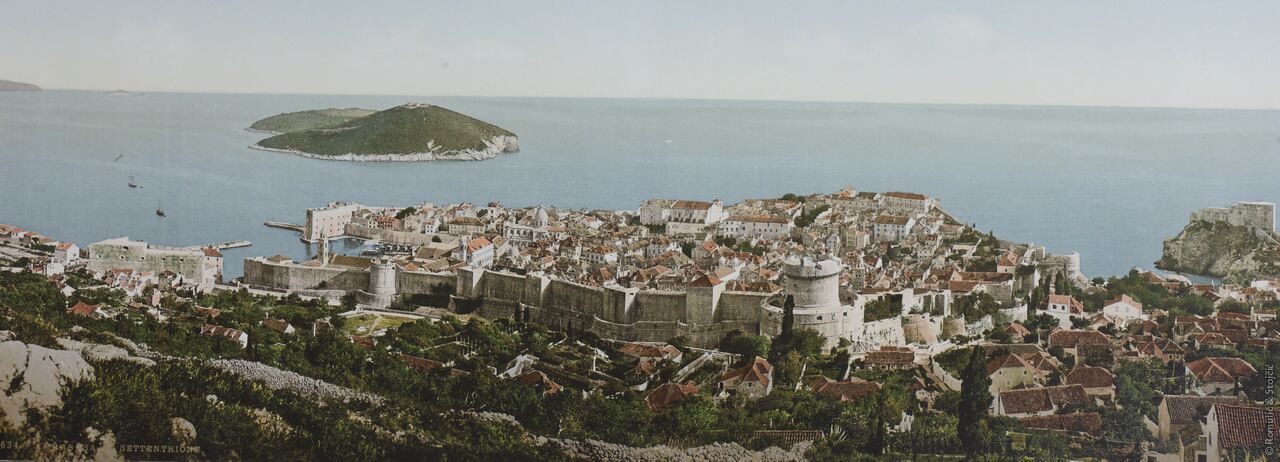
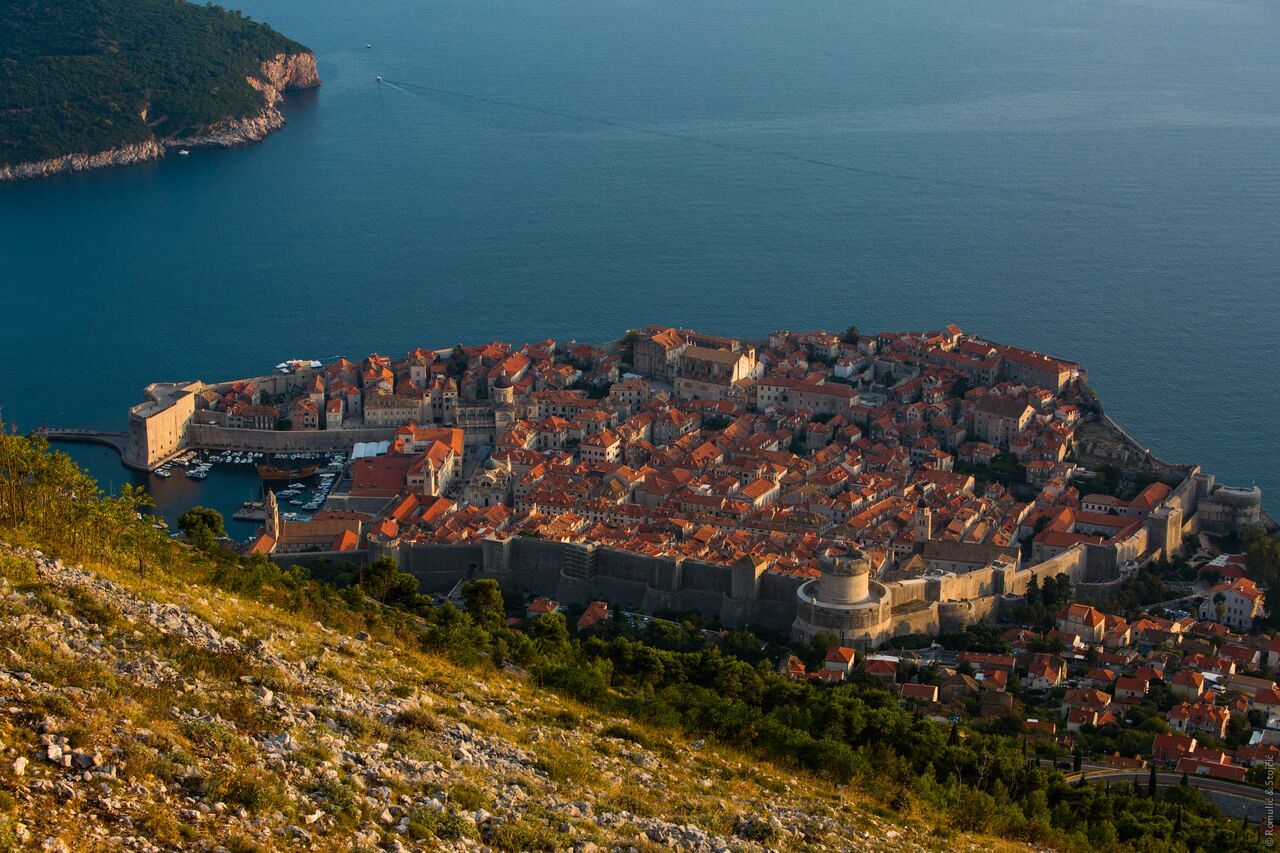
The old town of Dubrovnik offers a time-capsule of the region’s history. Historically known as Ragusa, the town is most famous for its defensive stone walls surrounding the old city, often considered as one of the great fortification systems of the Middle Ages. The walls were mainly constructed in the period from 12th-17th centuries, with the major part built during the 14th and 15th centuries. The city walls, as well as the historic centre encapsulated within these walls, were included in the UNESCO list of World Heritage Sites in 1979.
Fort Lovrijenac
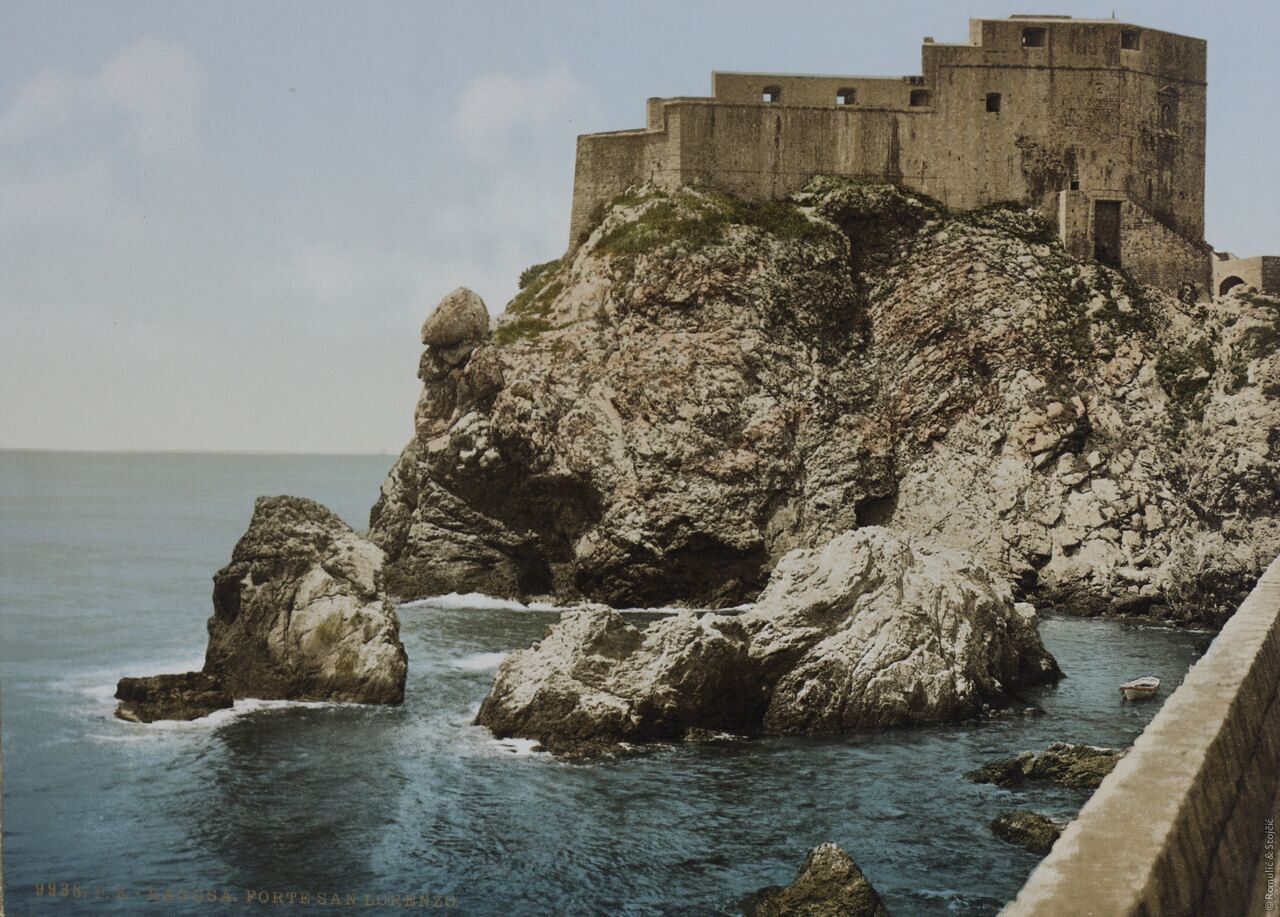
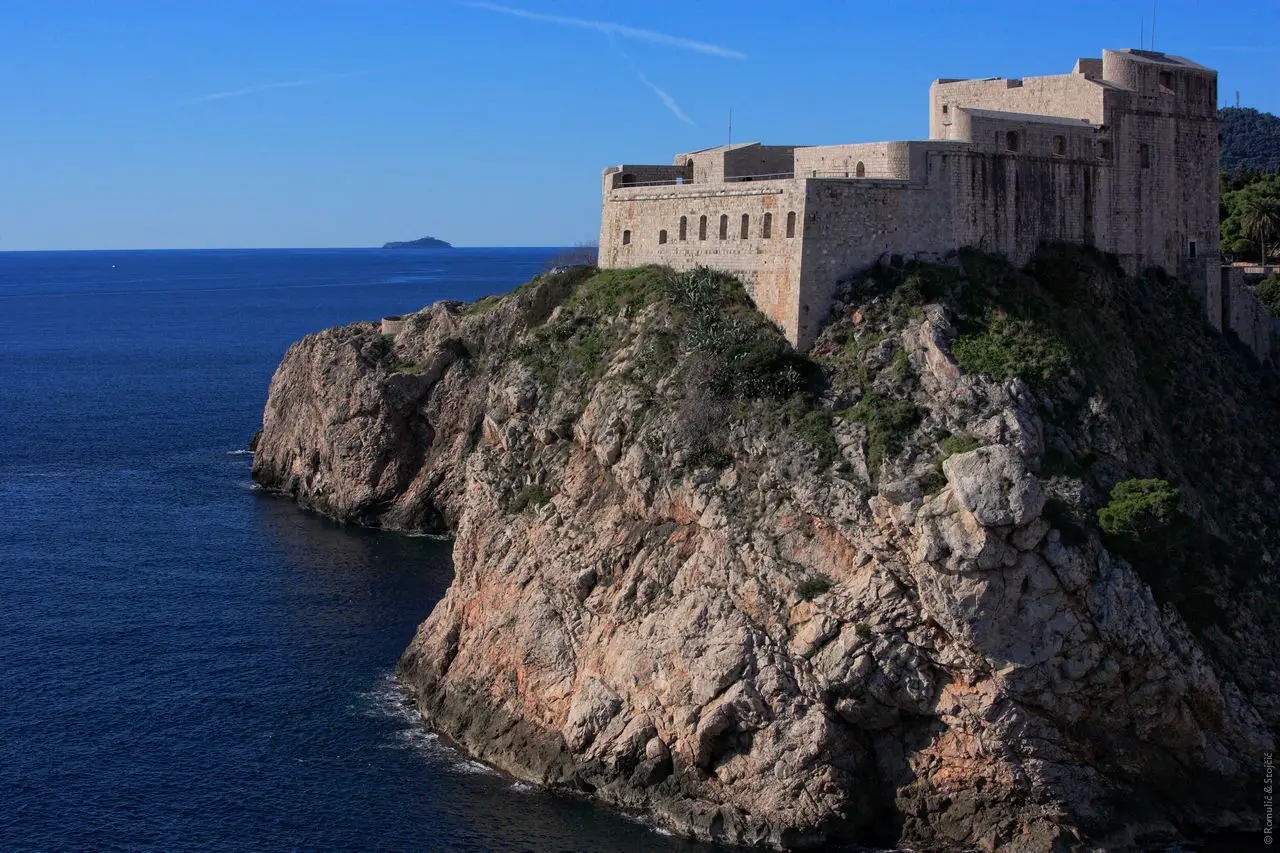
Fort Lovrijenac or St. Lawrence Fortress, also often nicknamed as “Dubrovnik’s Gibraltar” is a fort located outside of the western city walls towering around 37 metres above sea level. With triangular shape, three terraces and thick outside walls (12 metres thick), the fort was built in just three months and played an important part in protecting its independence from the Venice rule. Today, the fort is used as a theatre stage, most famous for the performances of Shakespeare’s Hamlet.
Stradun
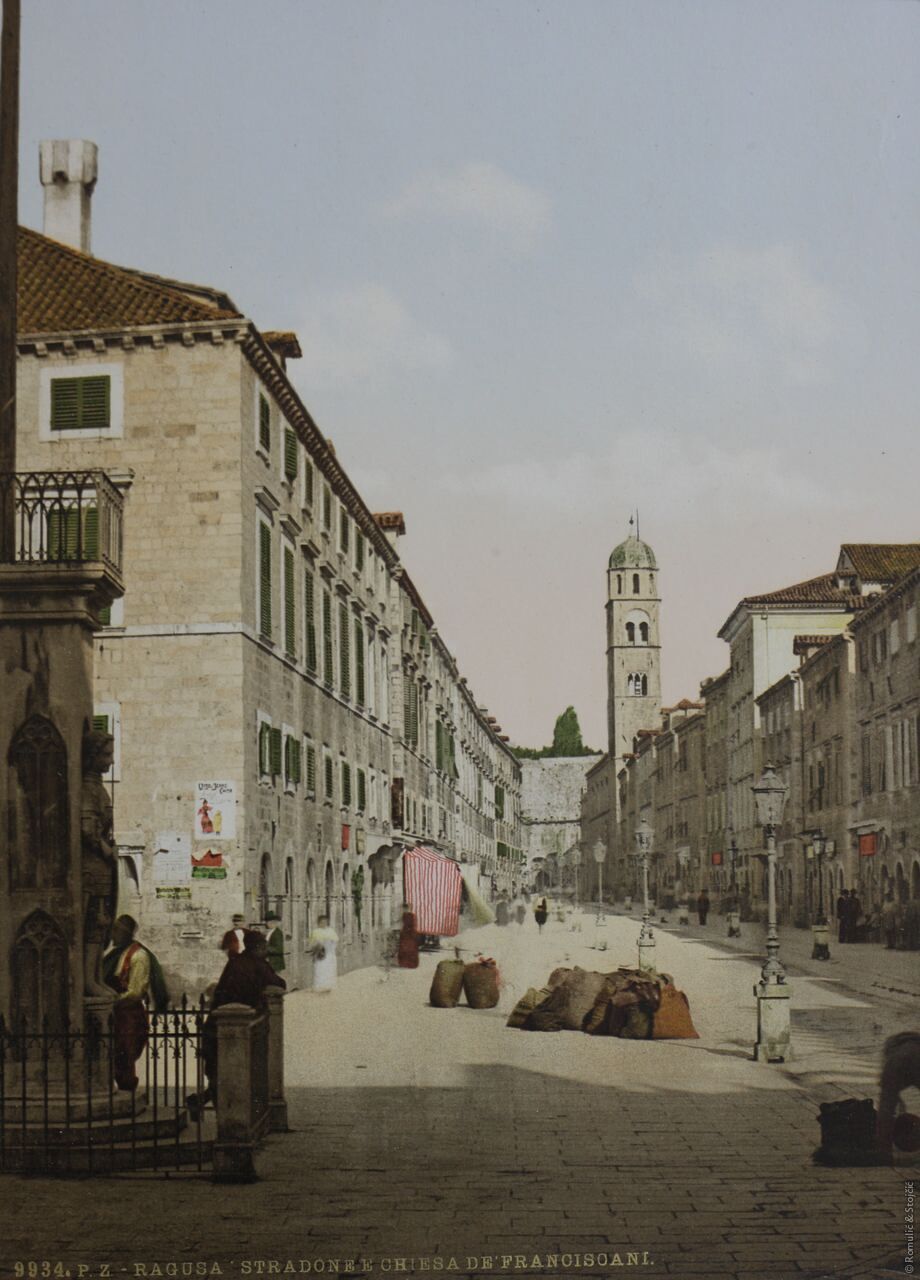
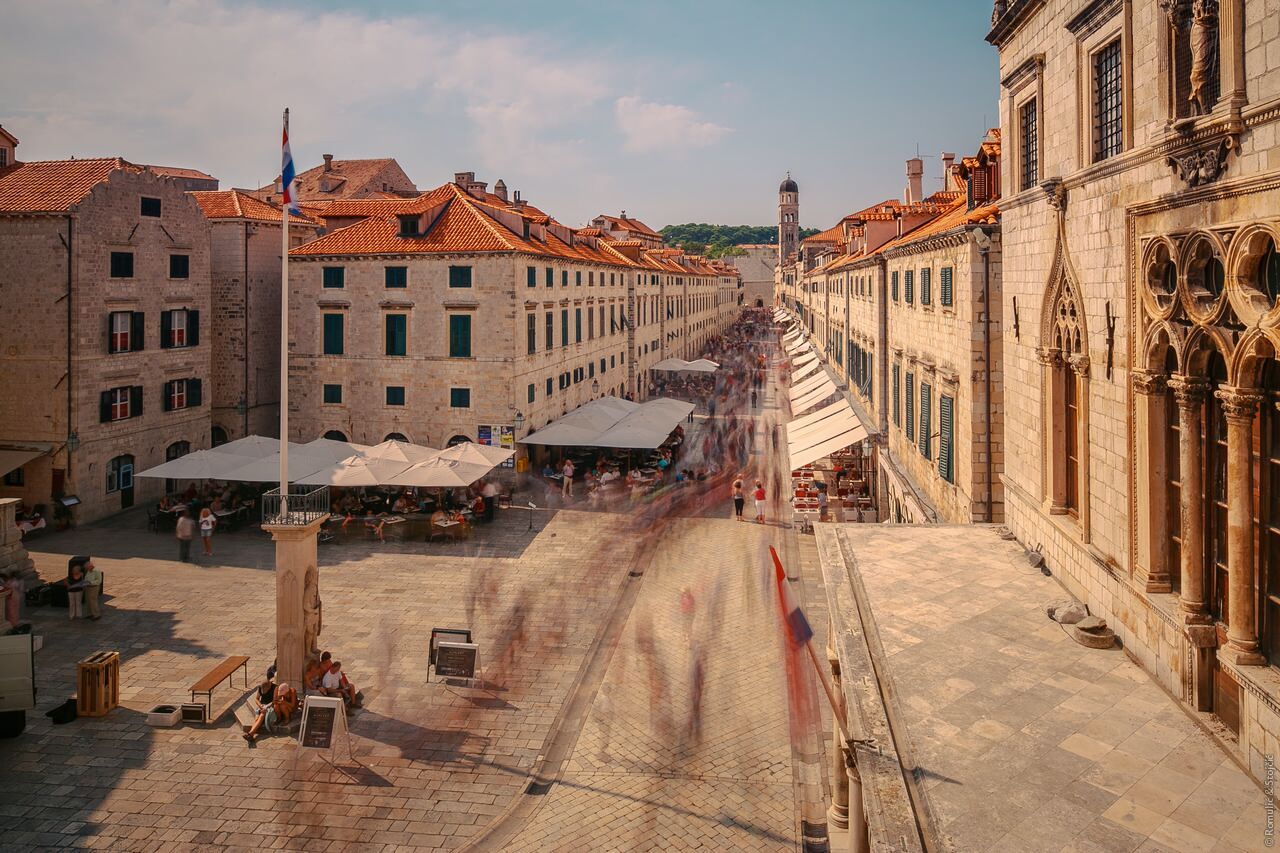
The appearance of Stradun, the limestone-paved main street of Dubrovnik, which runs 300 metres through the old town, connecting the western entrance“Pile Gate” with “Ploče Gate” in the east, hasn’t changed much since 1667 when the earthquake destroyed most of the buildings along the street. Following the earthquake and large fire that broke out afterwards, the city passed the law specifying the layout of the buildings, which is why these uniformly designed houses along Stradun all share the same pattern – shop at the ground level with a door and a window under a semicircular arch, storage in the back and living area on the first and second floor.
Clock Tower
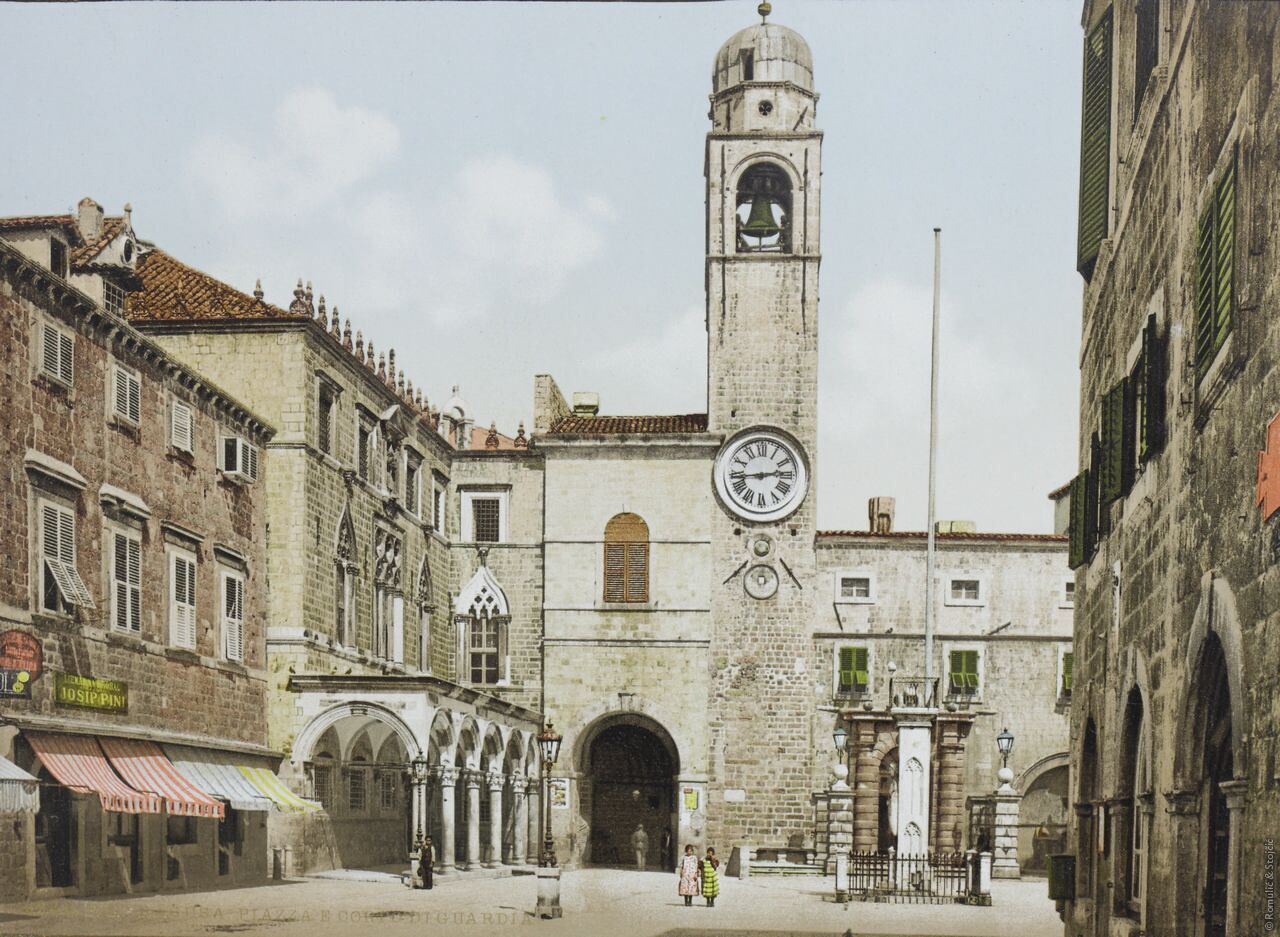
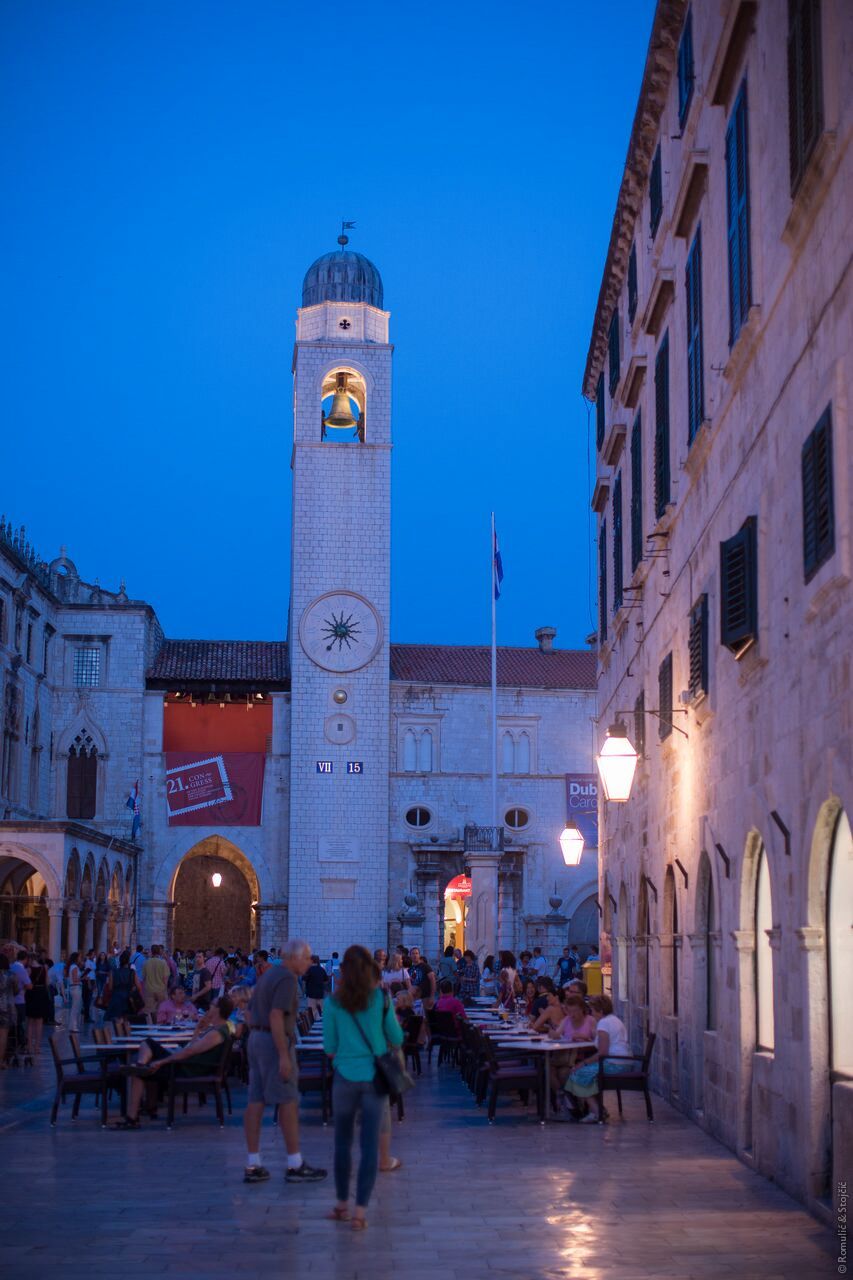
Located near Sponza Palace, in Luža Square, this 31-metre-high bell tower dating from the 15th century has slightly changed its appearance. The clock used to feature two bronze figures, the bell strikers, widely known as ‘zelenci’ (green twins) called Maro and Baro, which have been now renovated and can be seen in the Rector’s Palace. The old clock mechanism fell into disrepair during the 18th century, after which the clock hands were replaced by current ones in the shape of an octopus with a bronze sphere in the middle showing the phases of the moon. The last time the tower was repaired and renovated was in 1929.
Gundulić Square
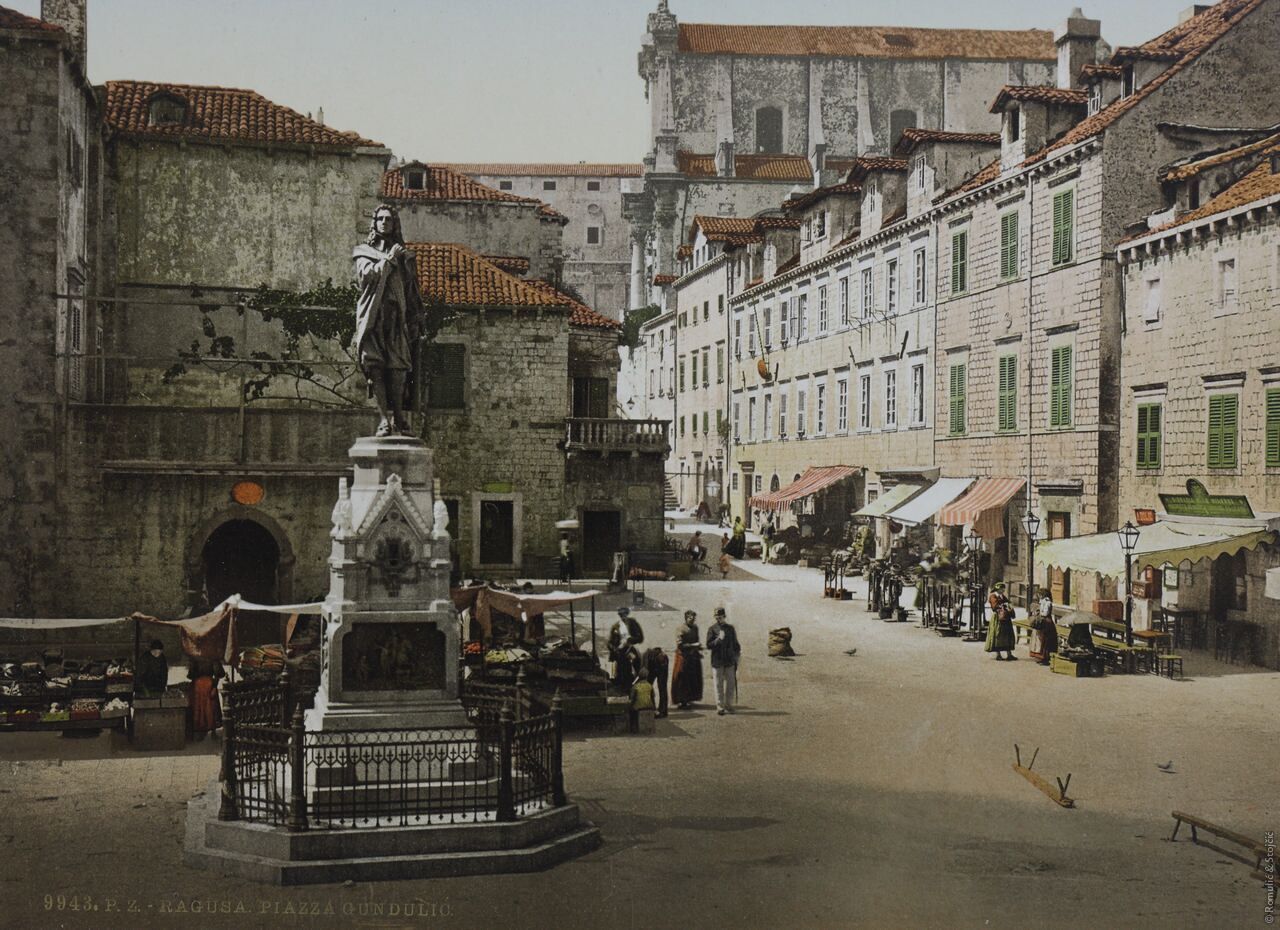
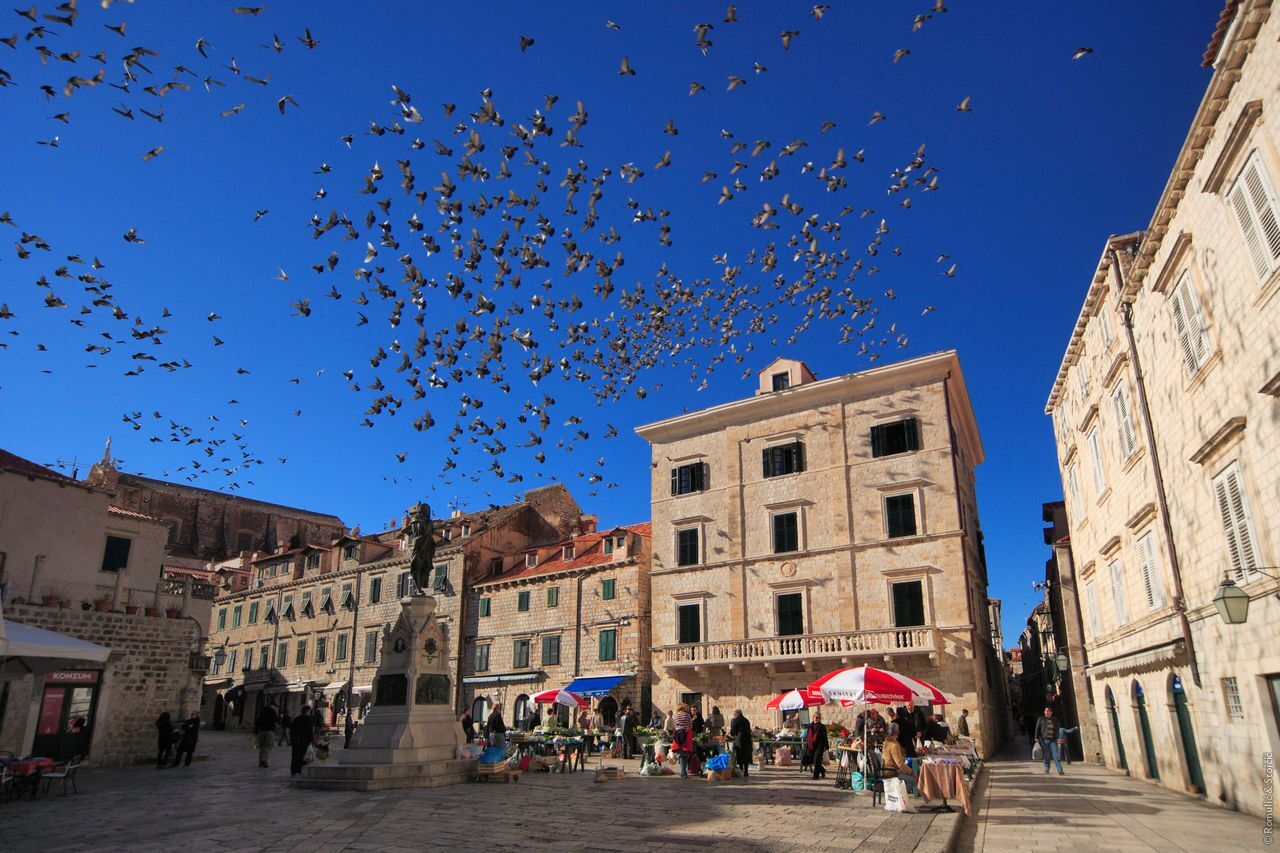
View of the Gundulić Square, locally known as Gundulićeva Poljana, nowadays a home to a popular open-air market with numerous stalls selling seasonal fruit and vegetables as well as other local products. Located on the southern side of the Stradun, right behind Dubrovnik’s Cathedral, the square was named after the famous 18th-century Croatian poet, Ivan Gundulić, whose monument, made by the Croatian sculptor Ivan Rendić, was unveiled in 1893. The unveiling of the monument was a symbolical event in the political history of the region which brought to surface the tensions between Croats and Serb-Catholic in the pre-World War I period. The Saint Ignatius Church is visible in the distance.
Rector’s Palace
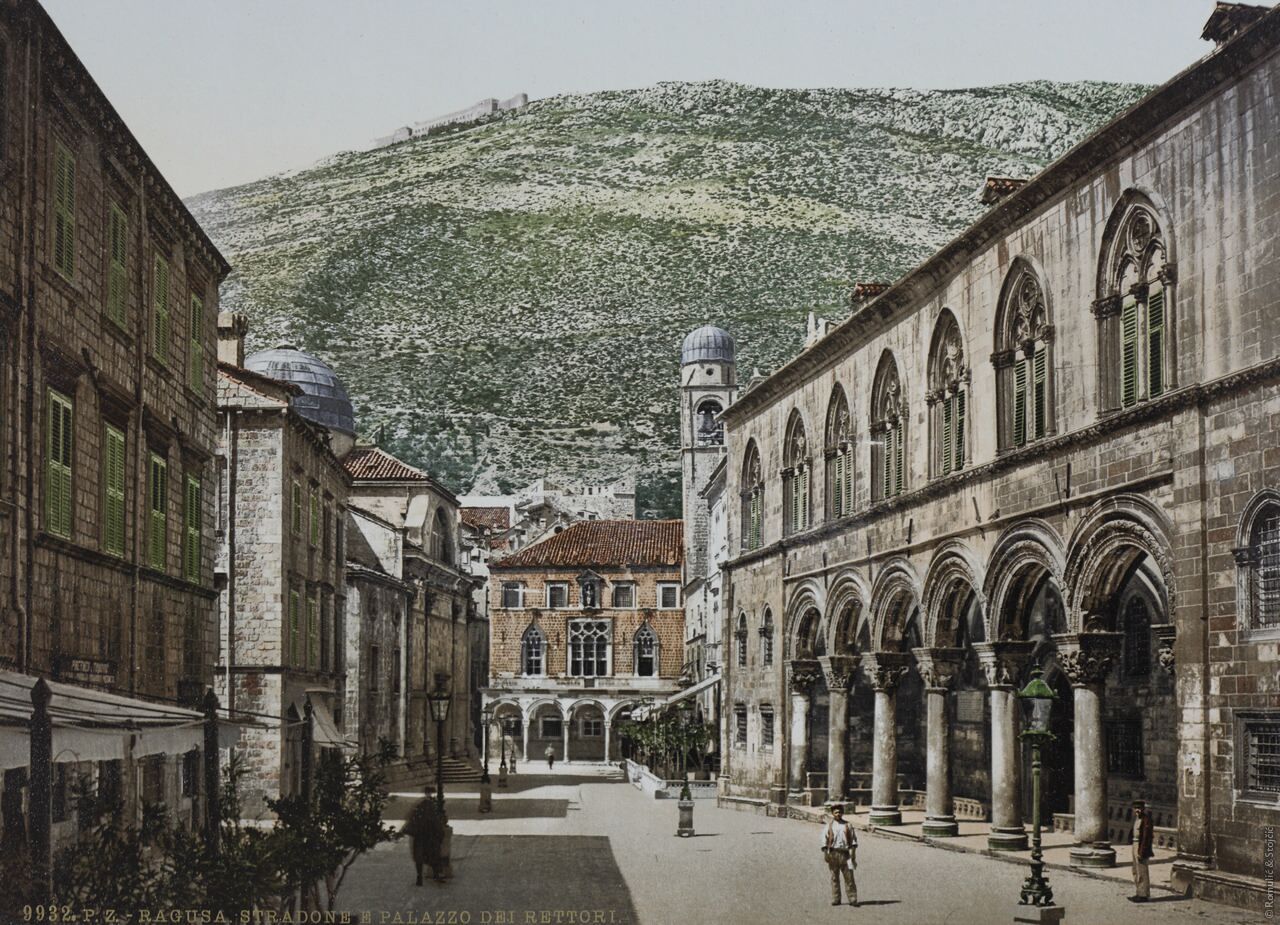
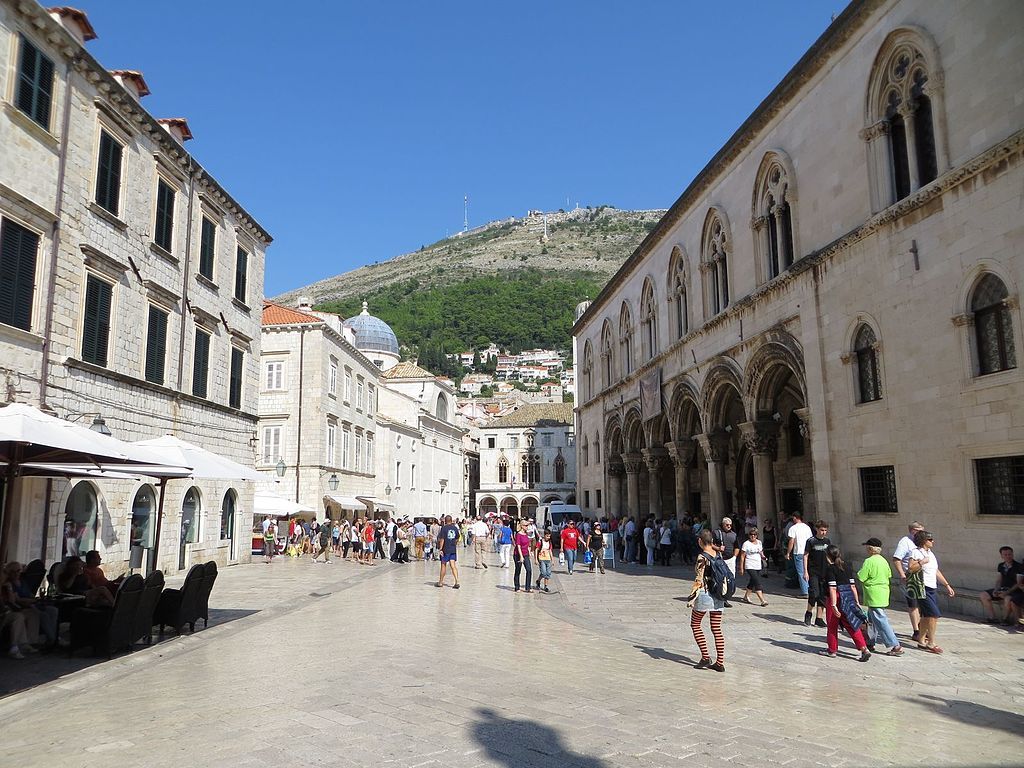
Photo: Wikimedia Commons
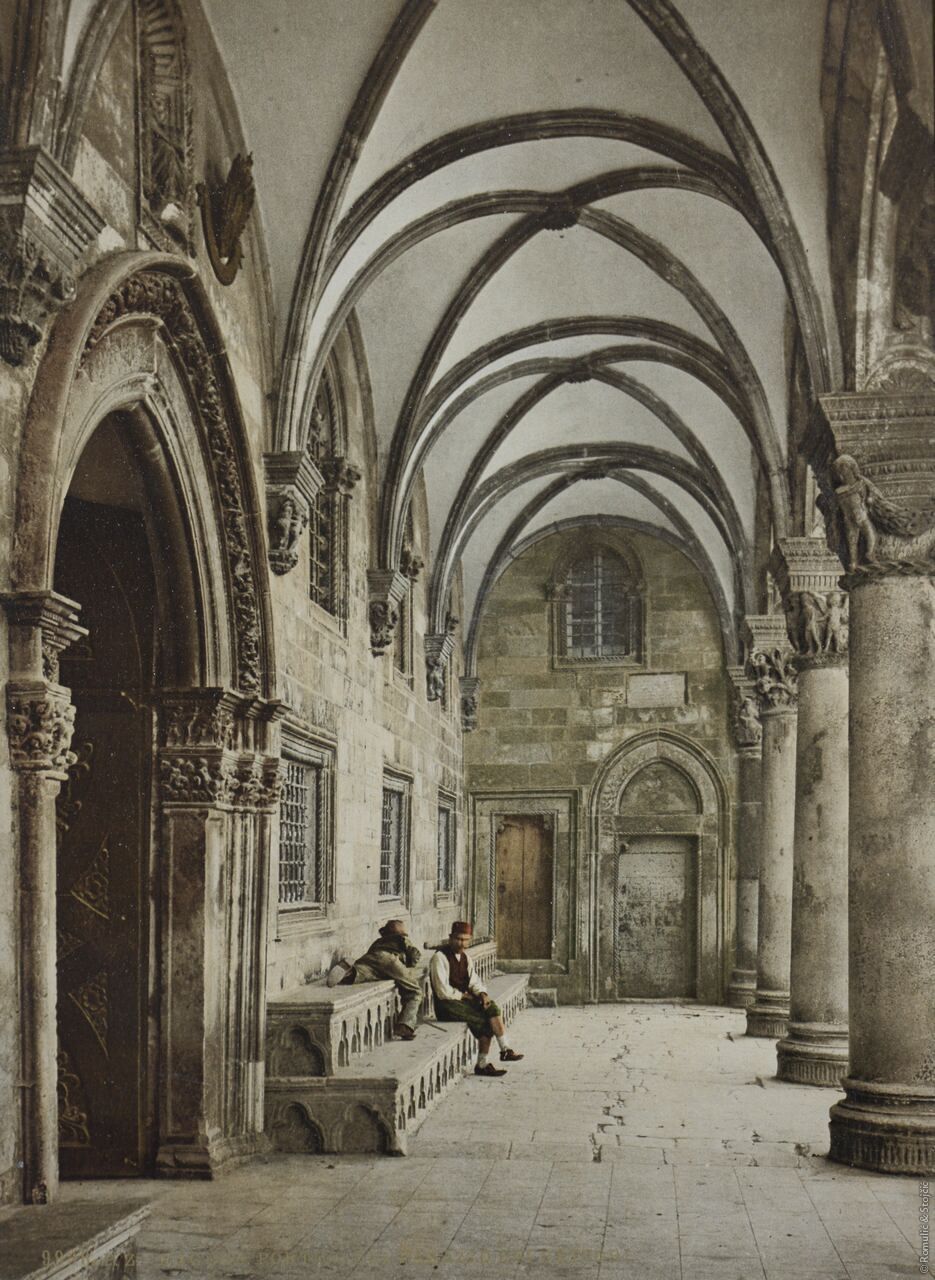
Photo: Wikimedia Commons
View of the porch of The Rector’s Palace (Knežev dvor in Croatia). The palace, located just south of Luža Square, used to serve as the seat of the Rector of the Republic of Ragusa between the 14th century and 1808. Built in Gothic style, the building also features elements of Renaissance and Baroque style. The palace is impeccably preserved and hasn’t changed much in the last hundred years and more. It used to house an armoury, powder magazine, watch-house and a prison, today it is home to The History Department of the Museum of Dubrovnik.
Gruž
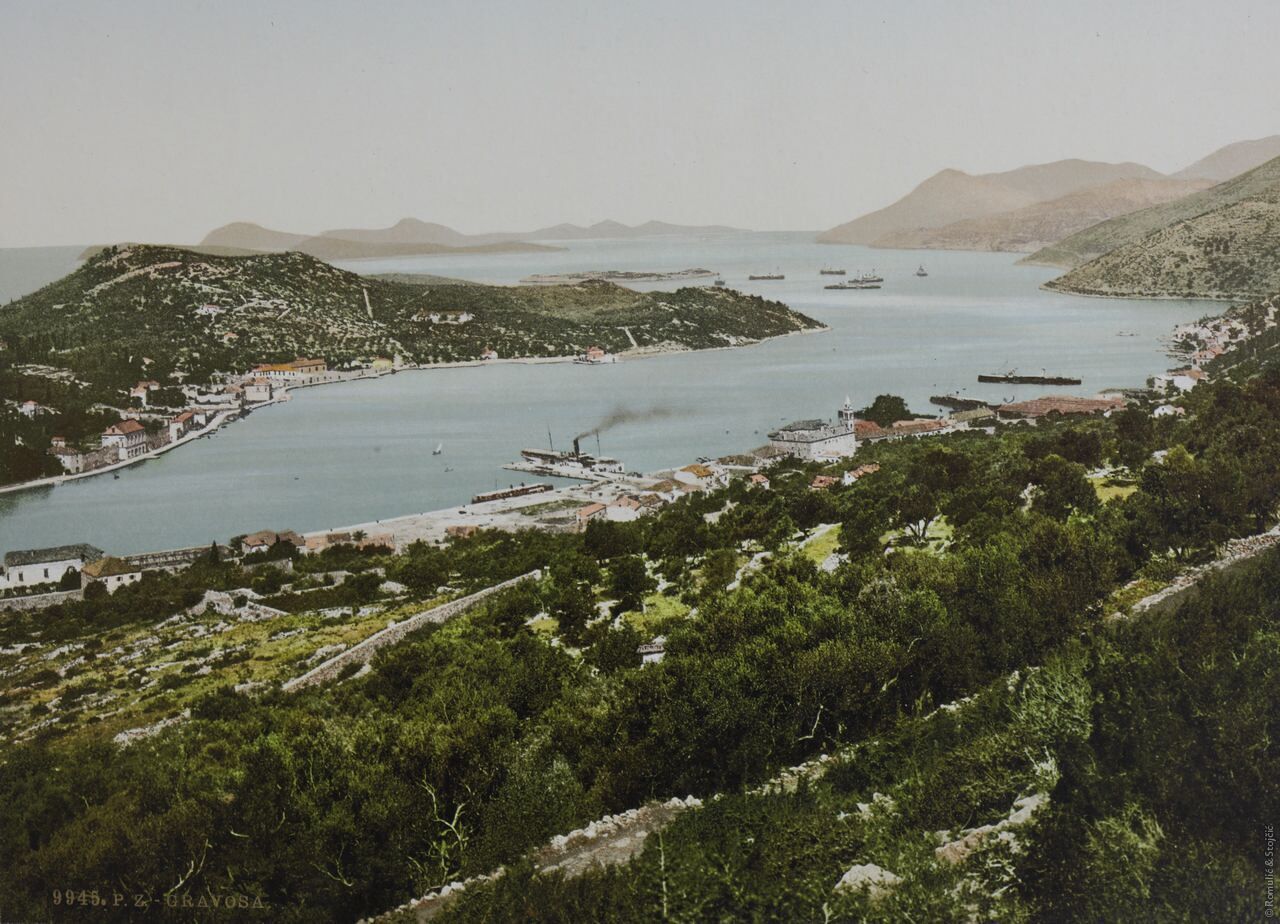
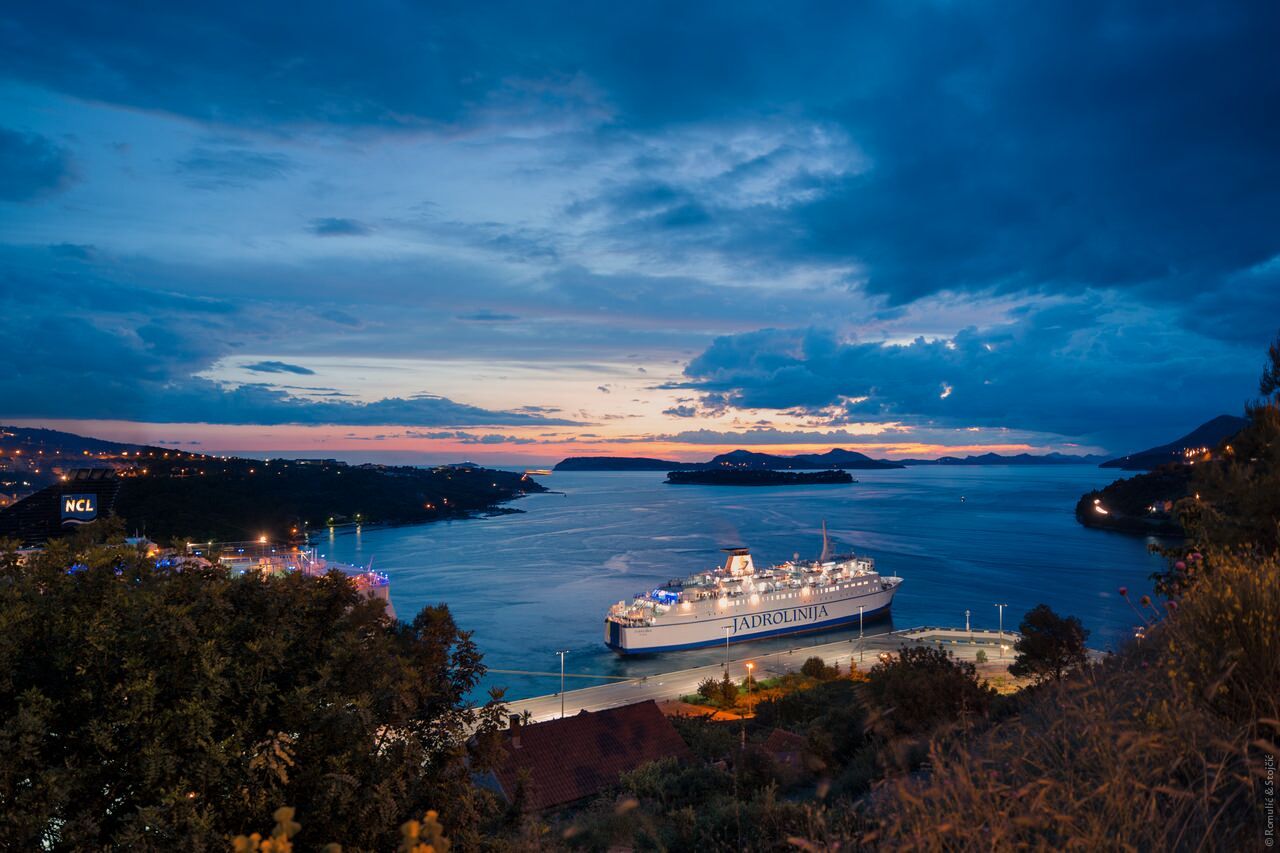
Once a separate town with many stone homes and former summer palaces, Gruž is now one of the biggest residential areas and the main port of Dubrovnik, where the largest market and the main bus station is located. This area also used to be a manufacturing and an industrial centre of the Dubrovnik region.
Photos: Romulić & Stojčić

